Accounting Information Systems Case Study: ACCT6001 Excel Analysis
VerifiedAdded on 2023/01/18
|6
|1202
|27
Case Study
AI Summary
This case study assesses the application of accounting information systems, specifically focusing on capital budgeting techniques like Net Present Value (NPV) and Internal Rate of Return (IRR). The analysis compares the financial performance of an in-house development department versus an outsourcing department. Costs such as hardware, salaries, training, and software are considered for both options, alongside benefits like sales and professional fees. The study calculates NPV and IRR for each department, revealing that while both projects have positive NPVs and IRRs above the cost of capital, the in-house department is more financially suitable due to lower costs and a higher IRR. The analysis includes discounted cash flow graphs to support the findings, concluding with a recommendation to select the in-house proposal for the organization. Excel is used to facilitate the financial analysis, which includes formulae, formatting, cell references, graphs and pivot tables to support the cost-benefit analysis recommendation.
1 out of 6

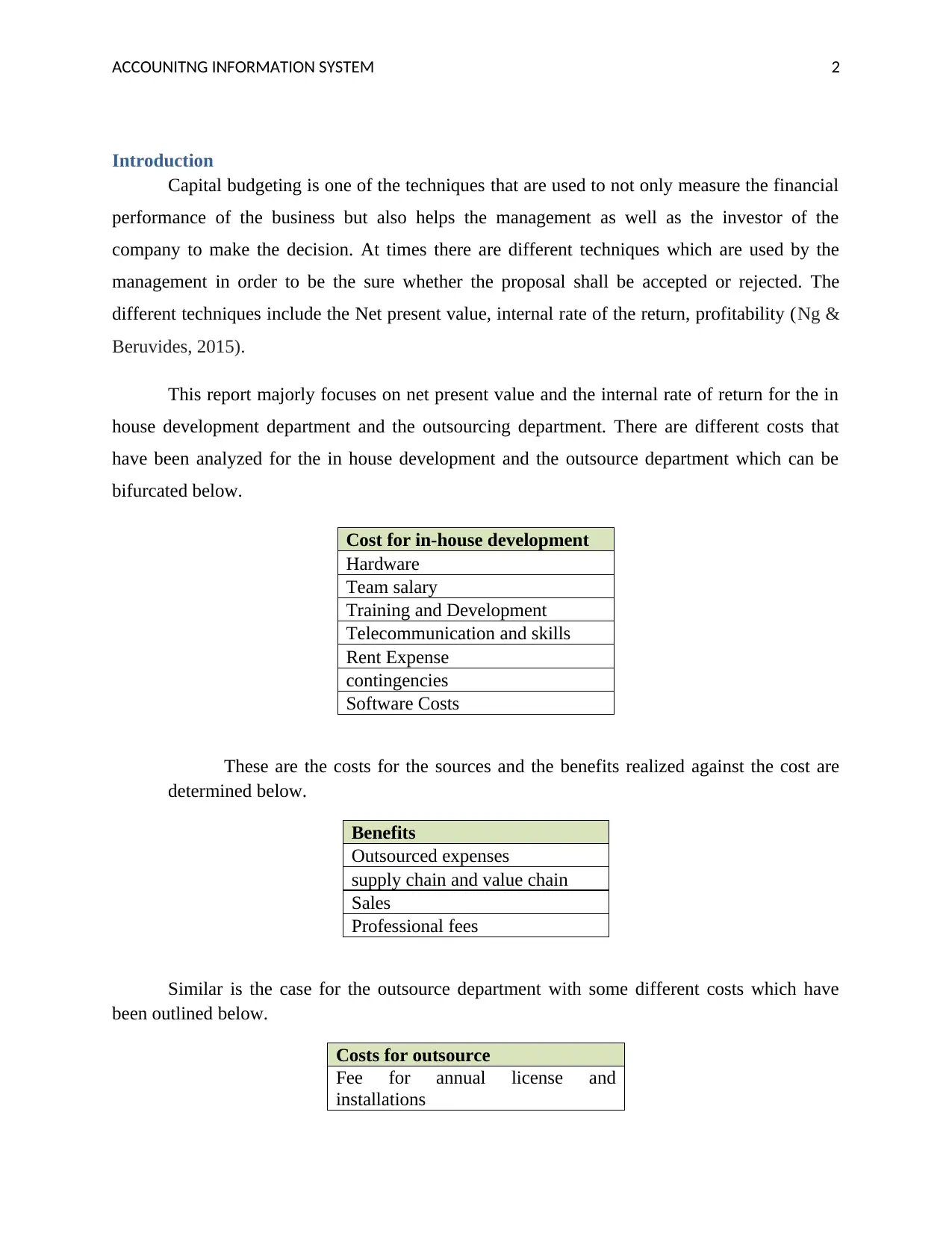
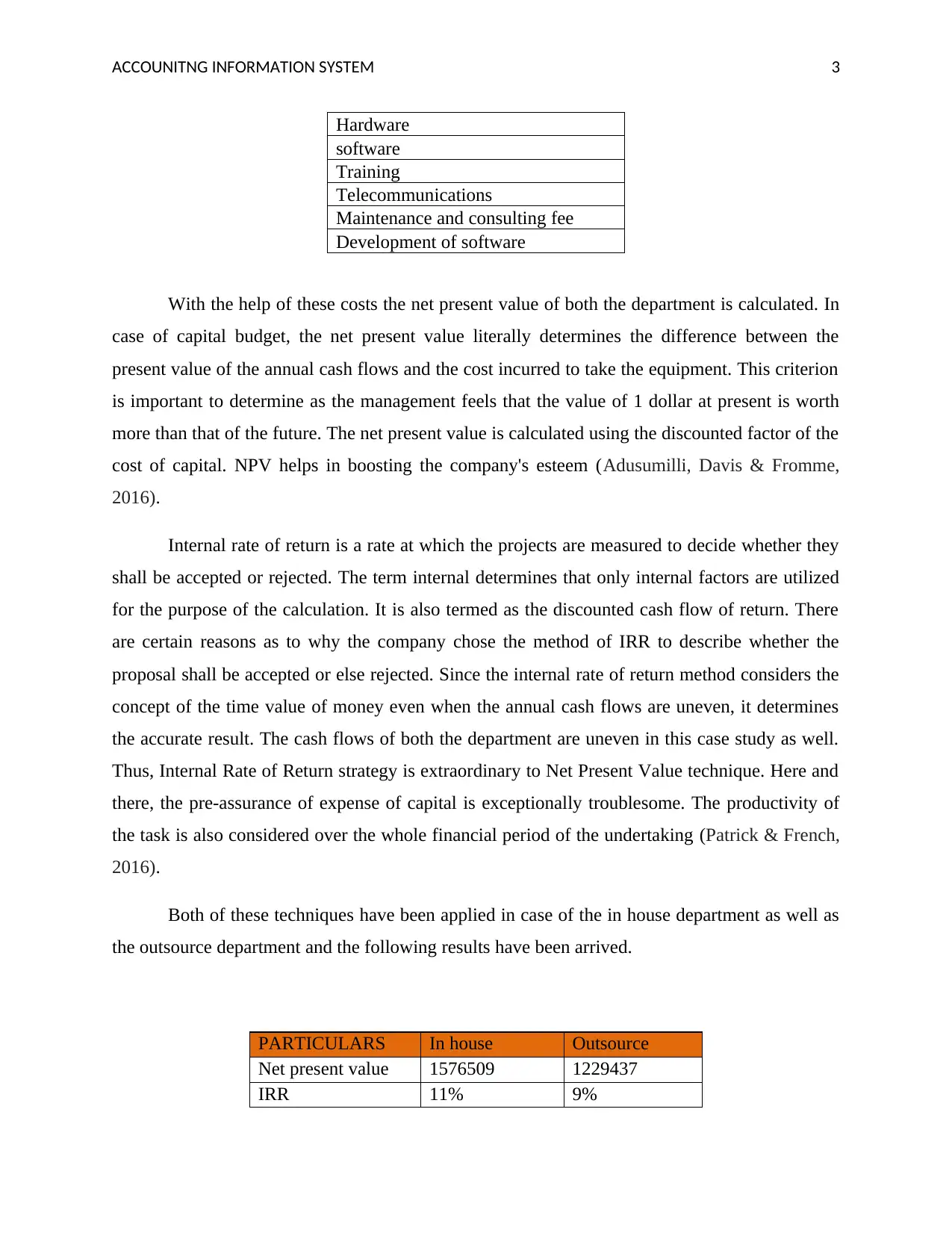
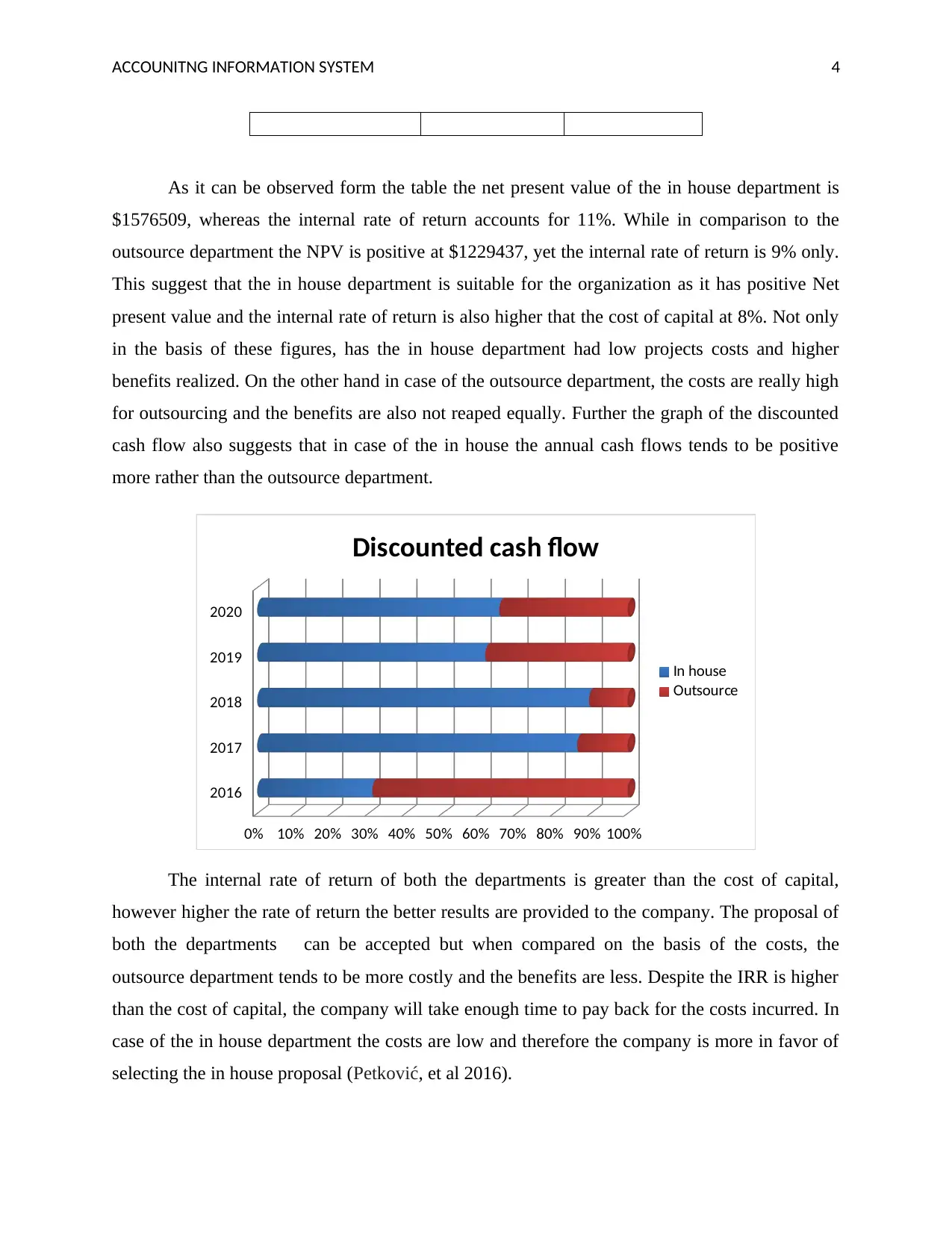
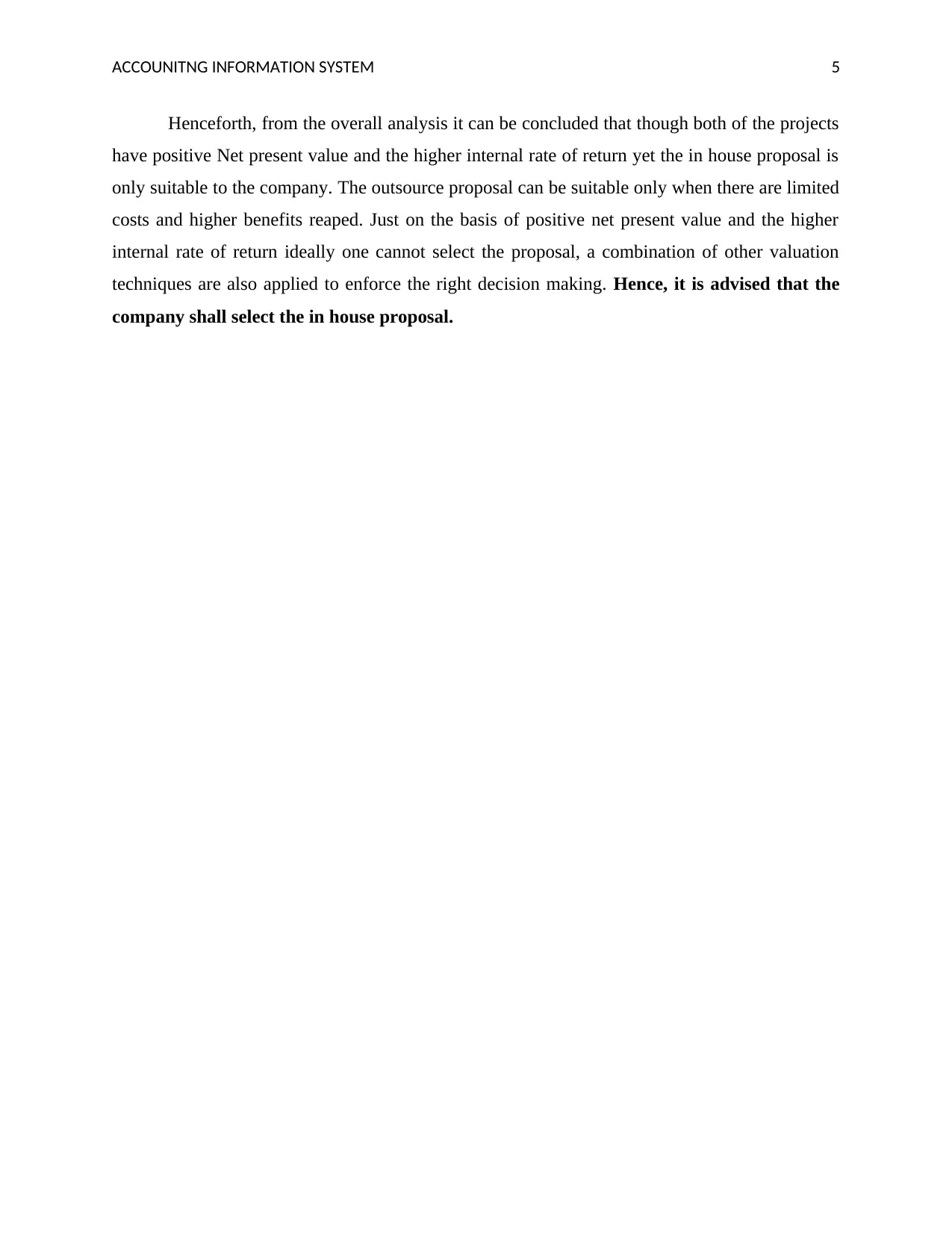
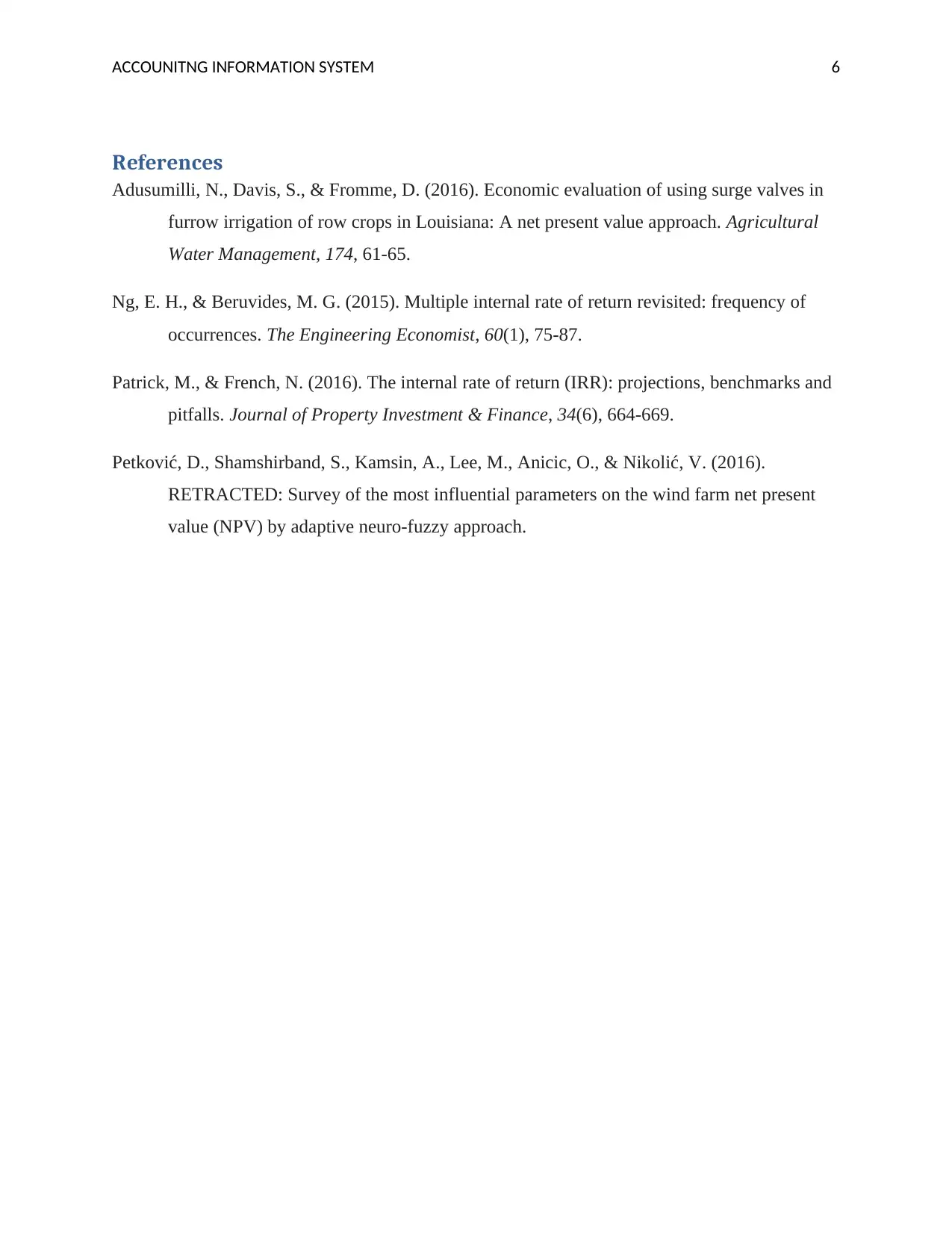






![[object Object]](/_next/static/media/star-bottom.7253800d.svg)